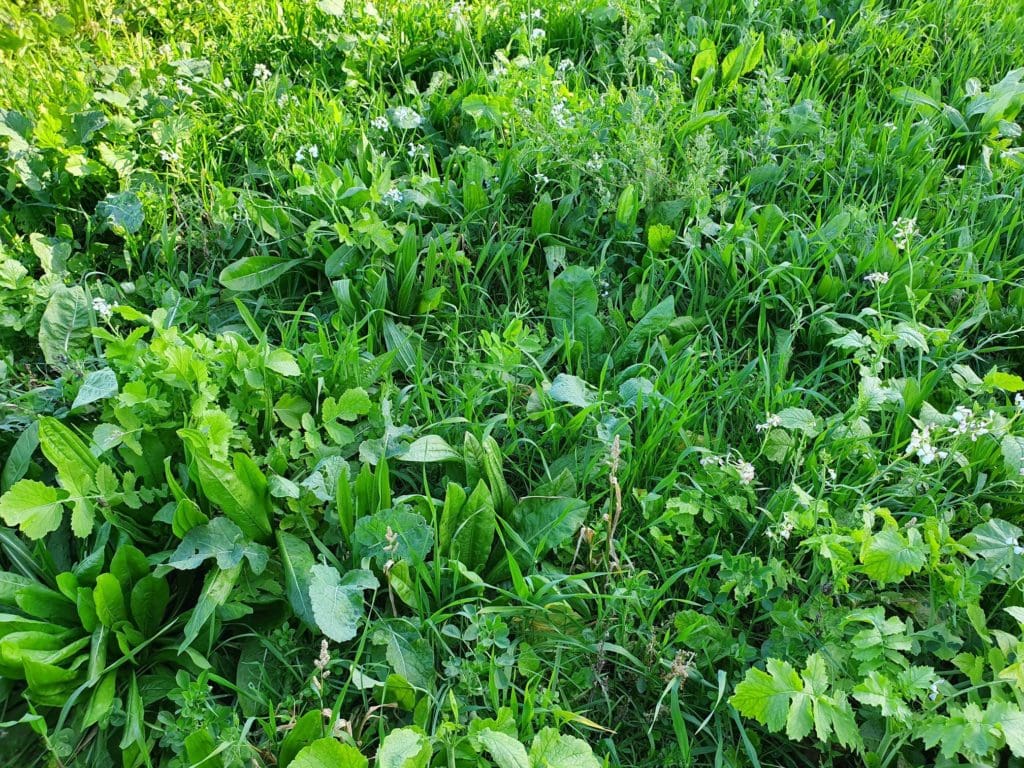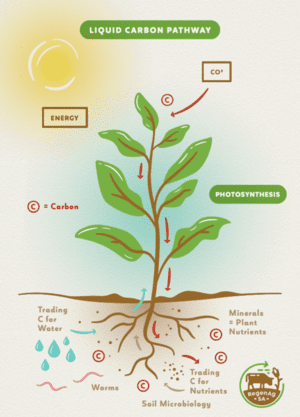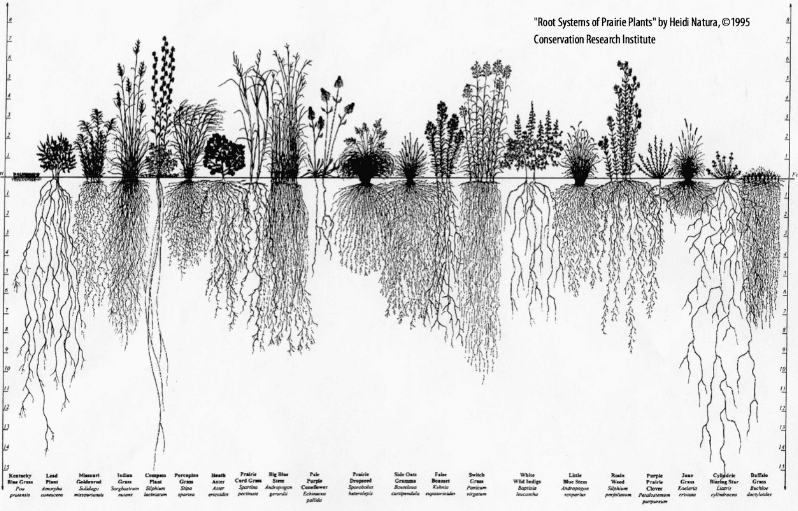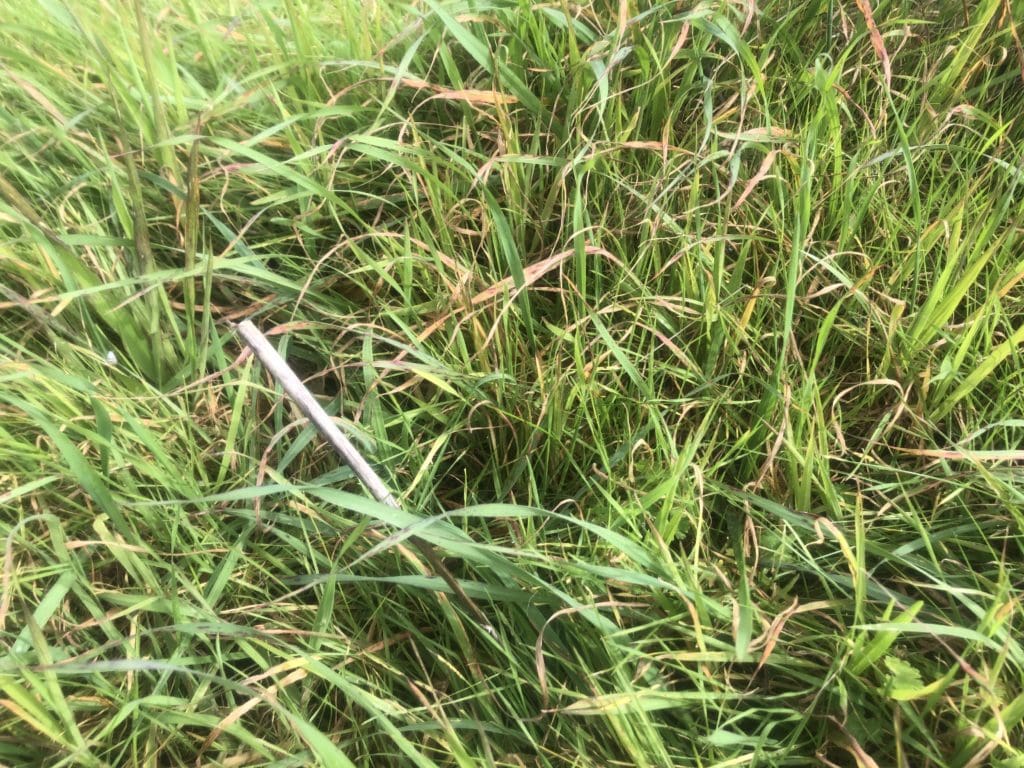Practical Steps to a Biodiverse Pasture.

Plants capture Co2 via photosynthesis and convert it into simple sugars that feed soil biology & build soil humus – it’s a process called the liquid carbon pathway. The formation of humus requires a vast array of soil microbes, including mycorrhizal fungi, nitrogen fixing bacteria and phosphorus solubilising bacteria, all of which obtain their energy via plant sugars (liquid carbon).

By boosting your pastures with a wide range of plant families and species, and including perennials to ensure there are living roots in your system year round, you are creating the environment for this diverse array of soil microbes to do their thing well – with improvements to the overall health & resilience of your soil, pasture & livestock to follow.
It’s not all plain sailing though, there are challenges that come with moving away from a simplified annual rye & clover system. This post includes presentations from a LCDC workshop that explore the practical aspects of getting the diversity into your pastures, to germinate, survive & thrive.
Contributors: Mark Tupman, Productive Ecology; Sam Taylor, agVivo supported by Nutrien
Topics:
- Designing a seed mix that works for you (Mark Tupman)
- Appropriate nutritional strategies (Mark Tupman)
- Preparing and seeding the paddock (Sam Taylor)




Responses